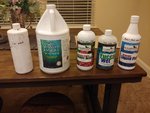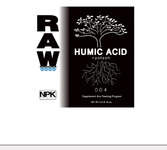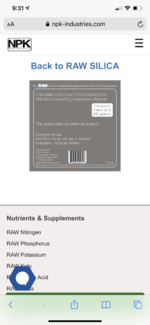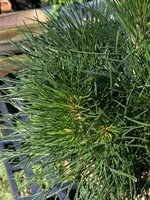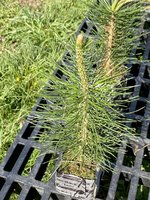cmeg1
Imperial Masterpiece
started adding cane molasses to my nutrient.
In ways to get more food for the rhizosphere.To get the benefits of microbes making more bio available nutrients and giving the plant photosynthesis a break so it can have a surplus of sugers and make high brix!!!
Although I hear its good not to go overboard with microbes.
Maybe half strength...but this inert media I use.Probably not an issue.
 www.maximumyield.com
www.maximumyield.com
In ways to get more food for the rhizosphere.To get the benefits of microbes making more bio available nutrients and giving the plant photosynthesis a break so it can have a surplus of sugers and make high brix!!!
Although I hear its good not to go overboard with microbes.
Maybe half strength...but this inert media I use.Probably not an issue.
Goodbye from Maximum Yield
In print and online, Maximum Yield is your source for cannabis and cultivation knowledge, with informative grow articles and tips to enhance your life with mmj.

